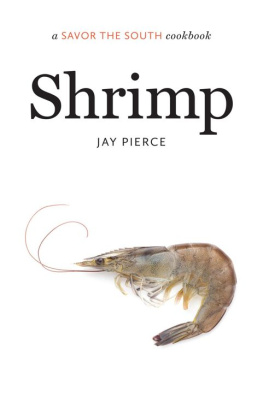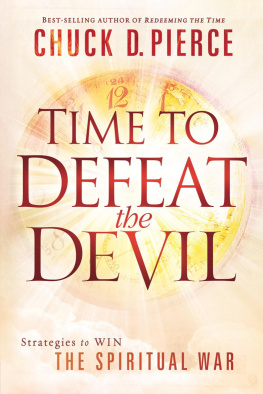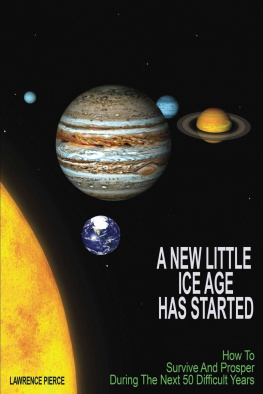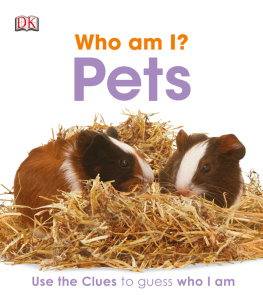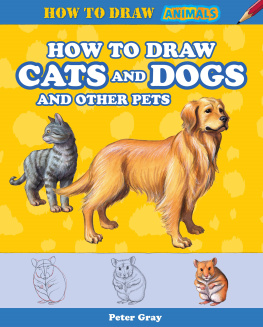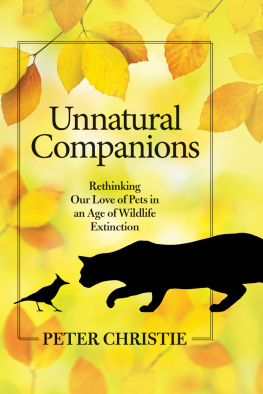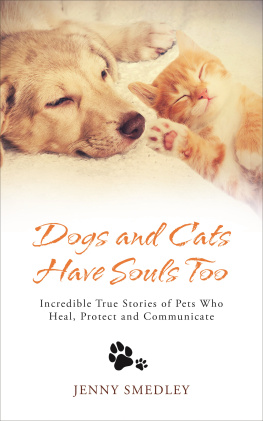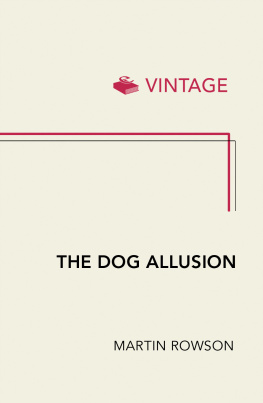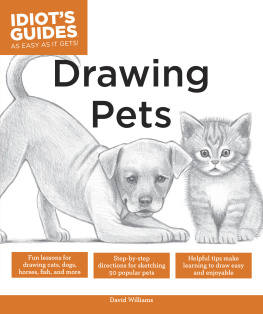I am going to use the accepted language of pet keeping throughout, referring to humans as owners and animals as pets. At the end of the book, I will suggest why this language is problematic and what more appropriate language might look like. One linguistic convention I have chosen to disregard throughout is the use of the impersonal pronoun it in reference to specific animals.
1. noun. an animal kept in the domestic setting whose function is companionship, entertainment, or personal curiosity; a thing that one feels affection for.
2. verb. to stroke or pat affectionately.
3. adjective. something kept or treated as a pet.{~?~ST: end chapter}
90% of pet owners consider their furry friend a part of the family.
Two-thirds of American pet owners are bringing their pets to bed.
Feeling depressed? Research shows that pets are better than Prozac.
One out of ten pets has a Facebook page.
Owner spends hundreds of dollars on surgery for George the Goldfish.
From the looks of it, a change has been occurring in American society, and it has to do with our pets. A tidal wave of animals is surging into our homes, streets, and stores. Since about the mid-1970s, the population of pets has grown more rapidly than the human population, and the number of pets living in the United States now exceeds the number of people by a good stretch. (There are about 470 million pets and only 316 million people.) The pet wave is not limited to the United States or even to industrialized nations. Driven by greater levels of disposable income, urbanization, and evolving attitudes toward animals and toward pet ownership, the global ranks of pet animals are also swelling.
And we dont just buy pets as never before. We also treat them differently. More and more animals are living inside; it is more common to hear animals spoken of as family; we have ways of indulging our pets that would have been unimaginable forty years ago: day spas, puff coats, organic foods of higher quality than whats in our own pantries; funeral parlors; hospice care; wheelchairs and prosthetic limbs for the disabled; antidepressants and behavioral wellness counselors; stem-cell treatments and chemotherapy. Veterinarians and psychologists call it the evolution of the human-animal bond; social critics call it the humanization of pets.
It seems that the fortunes of pets are at an all-time high, even while things are looking rather bleak for other groups of animals around the globe. This is perhaps why it is very rare to see the welfare of pet animals raised as an ethical concern. Pets are pampered. They are snug in their little soft beds, while lab animals and food animals and zoo animals might be chained, caged, isolated, left out in the cold or heat, and allowed to suffer all manner of other miseries. We love our pets, so why worry about them? Well, maybe love is not enough. Maybe the 470 millionodd animals we call pets also need some moral attention. Their plight may be just as seriousand perhaps in some ways even more troubledthan the billions of animals caught in the wheels of agribusiness or the biomedical research industry.
Pet keeping has dark undercurrents: the breeding facilities, the wholesale marketplaces where animals are sold like guns or toys, the high mortality, the shelters overflowing with bodies, the shockingly high numbers of animals being sexually exploited or physically abused by their owners, the punitive training methods that leave animals emotionally traumatized, the failure of more than a quarter of all pet owners to provide their animal access to basic veterinary care. Notwithstanding claims about humanization and bonding, large numbers of pets arent getting any love or are getting the wrong kind. These undercurrents challenge even the most thoughtful and responsible pet owner because it is often hard to know what we might be doing wrong or how our actions might or might not be harming the animals we cannot see beyond the curtains of our own windows.
While many may view the increasing popularity of pet keeping as a sign that we love animals more and more, it should give us pause. Pet keeping is a tidal wave we are being carried uponwe, along with millions and millions of animalsand this wave has huge destructive potential.
My ideas about pet keeping have gone through a long, slow evolution. Ive been thinking about and living with pets since I was a child. But I didnt really start worrying about pets until I had a child of my own who, in line with family tradition, showed a marked interest in animals and began asking for a pet This and a pet That. I was too indulgent. By the time my daughter was in elementary school, our house had been dubbed the neighborhood zoo. All the kids wanted to play at our house because there were so many animals. We had, in descending order of size (and thankfully not all at exactly the same time): dogs, a cat, guinea pigs, rats, a hamster, a snake, a salamander, a leopard gecko, a tarantula, mice, frogs, goldfish, hermit crabs, guppies, ghost crabs, miniature frogs, worms, and crickets. We also had a tadpole from a grow-your-own-frog mail-order kit (who never made it past tadpole stage), a collection of butterflies from a hatch-your-own caterpillar kit, an ant farm with live ants who were shipped to us in a little plastic tube, sea monkeys, and a kit with Triassic Triops eggs that grew into creepy-looking things that cannibalized each other and gave my daughter nightmares.
Our house was the first stop for parents whose children had grown bored with their pets. It was in this manner that we acquired guinea pigs, guppies, and several of our rats. This is also how we wound up with a cage full of mice. Mice, in my experience, do not make good pets for young children. They are too skittish, too small, and too fast. And they are excellent jumpers. A little fellow named White Yarn hopped out of my daughters hands one day and zoomed off to parts unseen in our house. He then systematically, by cover of night, chewed away a small square of fabric right in the center of each cushion of our new couch. This act of vandalism earned him a reassignment from pet to vermin.


